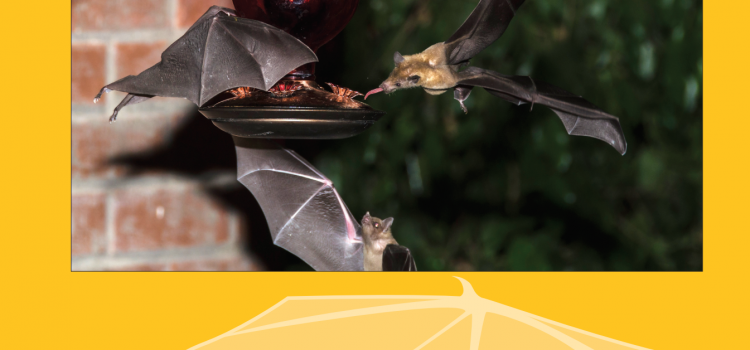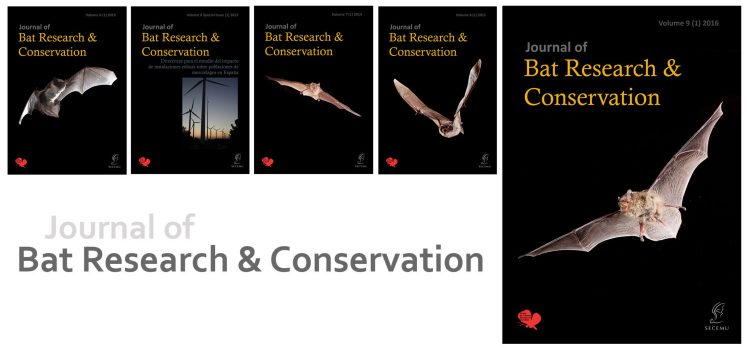Accurate population estimates are crucial to developing successful conservation policy, but the underlying data remain difficult to collect for many taxa. This is especially true for elusive species, such as temperate-zone bats, where visual counts in hibernacula underestimate their population
How accurate are bat hibernacula counts compared to light barrier data?










